Seven Natural Remedies for Reducing Scars
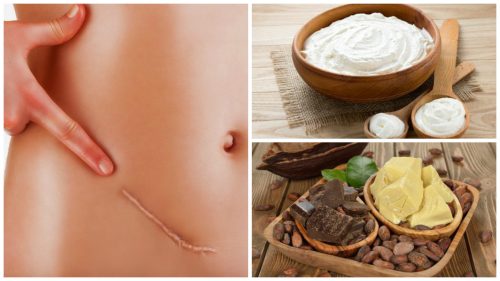

Written and verified by the doctor Karla Henríquez
Reducing scars isn’t always possible. However, there are many products that can make them nearly invisible.
Dr. Rocío Gil Redondo recommends maintaining a good skincare routine. This should include a good cleaning, moisturizing, sunblock, among others (according to the needs of each type of skin), but at the same time, she recommends maintaining a good diet, since this way the body gets everything it needs to perform its processes correctly.
While home remedies are popular, the doctor says they aren’t always the best choice. Therefore, before using them, consult your dermatologist. In some cases, the professional may authorize their use as an adjuvant treatment.
In this article, we want to share with you 7 great solutions to help reduce the appearance of your scars. Give them a try!
Scars
Scars happen when part of our skin tissue has suffered some kind of cut, burn, or injury. Also, after some surgeries.
They heal through the growth of young fibroblasts. These fill the space to create a protective barrier to keep out external agents.
Because of their appearance, many people look for ways to minimize scars. In addition, their texture tends to be bulky and uneven.
Remedies for reducing scars
It’s believed the following remedies can help alleviate your most recent scars since they help nourish and hydrate your skin in the area, which contributes to the healing process.
1. Coconut water for reducing scars
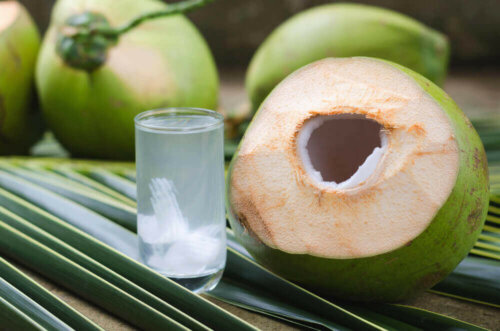
Coconut water is rich in vitamins, minerals, and antioxidant compounds. These deeply feed your skin and speed up the healing process. Applying it directly to the area helps with collagen and elastin production.
How to use it
- First, soak a cotton ball in coconut water. Then, rub it directly on the scar.
- Repeat this two times a day every day.
Read also: Coconut Oil for Improving Oral Health
2. Cacao butter
The essential fatty acids and vitamin E in cacao butter hydrate your skin. They also help with the processes involved in scarring. Its antioxidant compounds protect your skin from outside attacks. In addition, they reduce the negative impact of free radicals.
How to use it
- Take a small amount of cacao butter. Rub it on your skin until it completely absorbs.
- Use it up to three times per day every day.
3. Potatoes
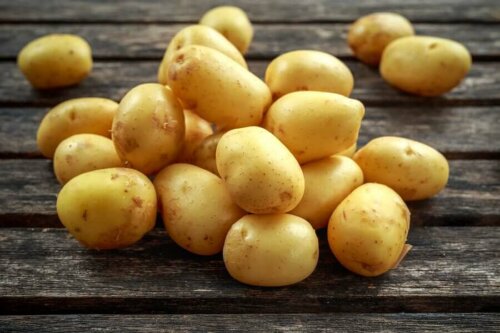
Potatoes have anti-inflammatory and antioxidant properties. After being absorbed, they speed up the skin’s healing process. Their concentration of vitamins and minerals revitalize your tissues.
How to use it
- First, grate a raw potato slice and apply the paste directly to the scars.
- Then, let it work for 30 minutes then rinse it off.
- Use it every night before sleeping.
4. Vitamin E oil
Vitamin E oil is characterized by its powerful antioxidant effect. On the skin, this stimulates cellular activity to quickly repair your injuries. This is because it gives your skin extra moisture.
How to use it
- First, break a vitamin E capsule and apply the oil on the affected skin.
- Then, massage with your fingertips until it’s completely absorbed.
- Use it every night, preferably before sleeping.
5. Olive oil
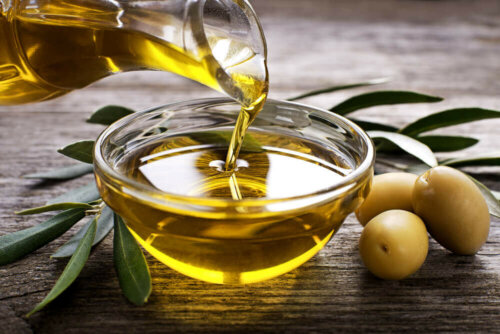
Extra virgin olive oil has vitamins and healthy fats. These penetrate your skin to speed up healing in superficial wounds. Olive oil’s nutrients, along with its antioxidants, naturally balance your pH level. They also promote the reduction of scars.
How to use it
- Firstly, simply Soak a cotton ball in olive oil and rub it on the desired areas.
- Wait until it absorbs. Apply this two to three times per day.
6. Natural yogurt is great for reducing scars
Natural yogurt has probiotics, antioxidants, and vitamins. When applied topically, it even provides interesting benefits to your skin’s health. However, it also helps reduce spots and scars.
How to use it
- First, rub a little amount of natural yogurt on the affected skin. Next, let it work for 30 minutes. Then, rinse it off with cold water.
- Repeat every day before sleeping.
Read also: Try These Healthy Weekly Weight Loss Menus
7. Garbanzo flour
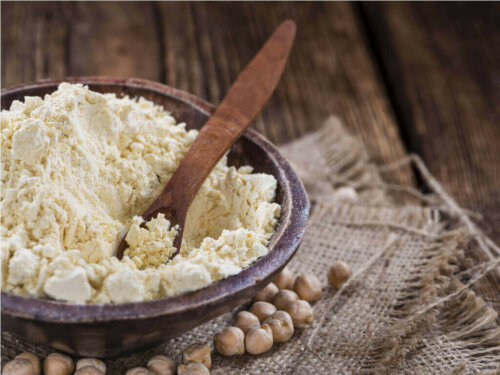
How to use it
- Firstly, mix a little garbanzo flour with natural yogurt or honey. Then, rub the paste on the desired areas.
- Let it work for 30 minutes then rinse.
- Use this treatment twice a day every day.
Always pay attention to your skin type
When attenuating recent scars, it’s important to apply a good cream (or any other moisturizing product) that can provide some extra nutrients to the skin. This won’t just help it heal properly but also improve its appearance.
It’s important to take extra care if you suffer from sensitive skin, dermatitis, or any particular skin disorder. It’s best to consult a dermatologist before applying any of these natural remedies, as they may cause adverse reactions.
If you don’t suffer from these issues, it’s recommended to test the chosen product on a small part of your skin (on the forearm, for example). Let it act for half an hour while observing its reaction and if it’s favorable, then you can apply it to the rest of the skin.
If you wish to get specialized treatment in order to eliminate the oldest scars on your skin, consult your dermatologist. The professional will be able to offer you the best options, according to your needs.
All cited sources were thoroughly reviewed by our team to ensure their quality, reliability, currency, and validity. The bibliography of this article was considered reliable and of academic or scientific accuracy.
- Evangelista, M. T. P., Abad-Casintahan, F., & Lopez-Villafuerte, L. (2014). The effect of topical virgin coconut oil on SCORAD index, transepidermal water loss, and skin capacitance in mild to moderate pediatric atopic dermatitis: A randomized, double-blind, clinical trial. International Journal of Dermatology. https://doi.org/10.1111/ijd.12339
- Danby, S. G., Alenezi, T., Sultan, A., Lavender, T., Chittock, J., Brown, K., & Cork, M. J. (2013). Effect of olive and sunflower seed oil on the adult skin barrier: Implications for neonatal skin care. Pediatric Dermatology. https://doi.org/10.1111/j.1525-1470.2012.01865.x
- Pinnell, S. R. (2003). Cutaneous photodamage, oxidative stress, and topical antioxidant protection. Journal of the American Academy of Dermatology. https://doi.org/10.1067/mjd.2003.16
- Viola, P., & Viola, M. (2009). Virgin olive oil as a fundamental nutritional component and skin protector. Clinics in Dermatology. https://doi.org/10.1016/j.clindermatol.2008.01.008
- Najmi, M., Shariatpanahi, Z. V., Tolouei, M., & Amiri, Z. (2015). Effect of oral olive oil on healing of 10-20% total body surface area burn wounds in hospitalized patients. Burns. https://doi.org/10.1016/j.burns.2014.08.010
- Baumann, L., & Weisberg, E. (2010). Olive Oil in Botanical Cosmeceuticals. In Olives and Olive Oil in Health and Disease Prevention. https://doi.org/10.1016/B978-0-12-374420-3.00122-4
This text is provided for informational purposes only and does not replace consultation with a professional. If in doubt, consult your specialist.








